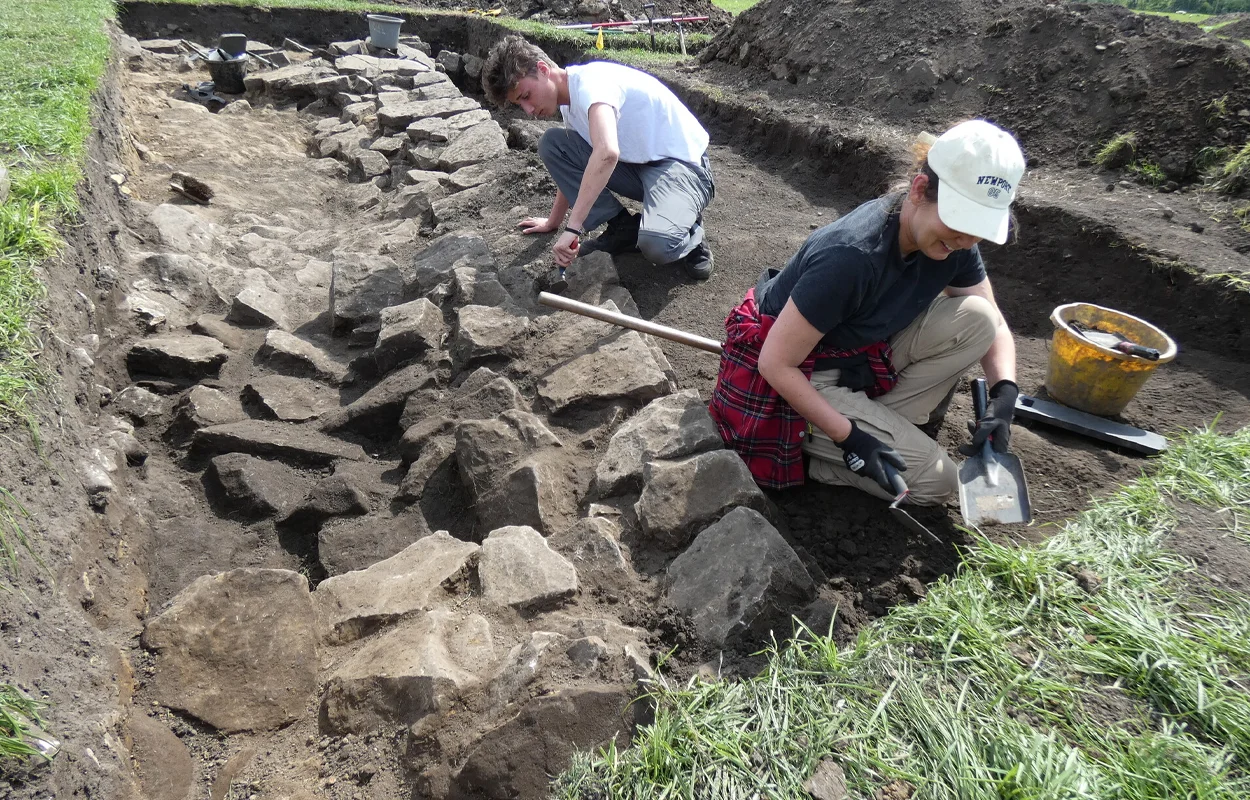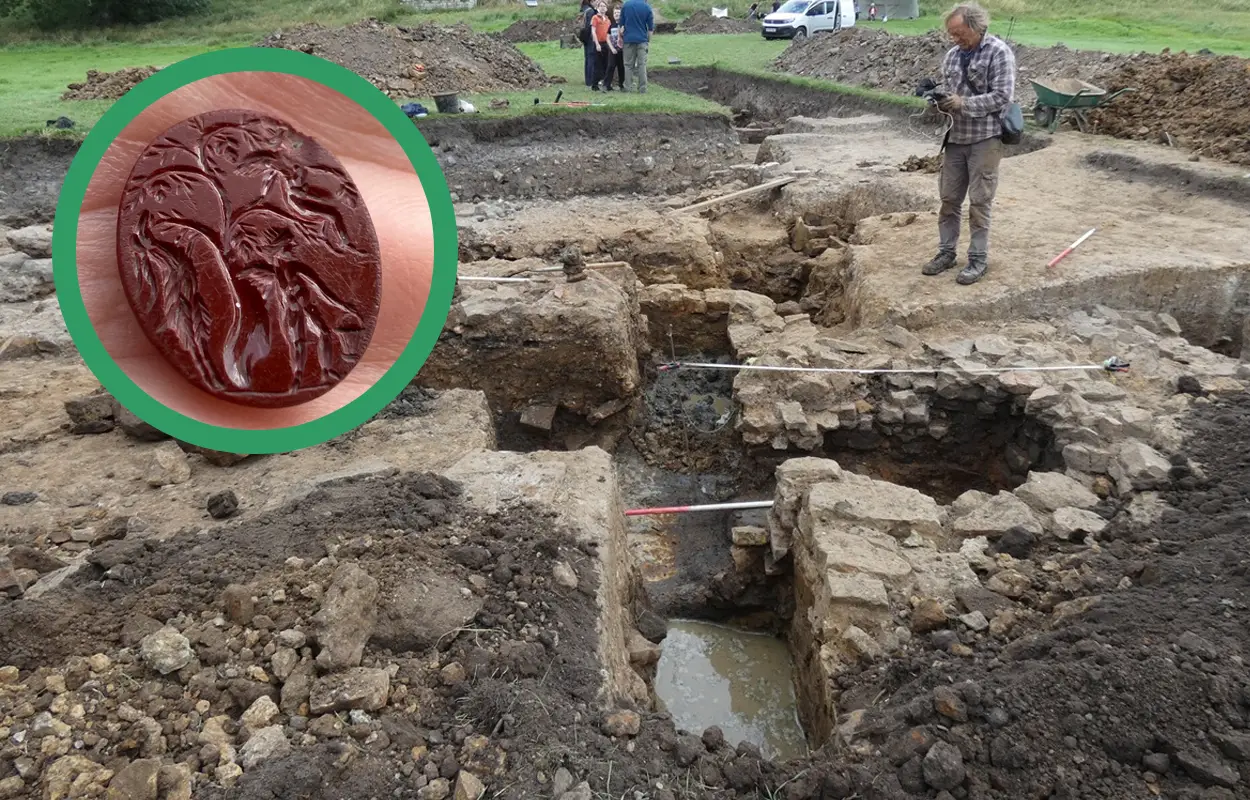Located in Northumberland, England, Bremenium was constructed around AD 80 to defend an extension of Dere Street, a Roman road running from York to Corbridge north of Hadrian’s Wall.
Following the characteristic playing-card layout typical of Roman forts, Bremenium was defended by a ditch and earth-backed stone walls that enclosed an area of over 5 acres (20,000 m2).
Throughout its long history, the fort was home to several distinguished Roman auxiliary units. In the 2nd century, it was garrisoned by the First Cohort of Lingones and the First Cohort of Dalmatians, and then by the 3rd century, the First Cohort of Vardulians.
During recent excavations led by the Redesdale Archaeological Group (RAG) with support by the National Lottery Heritage Fund, archaeologists have uncovered a record number of artefacts and structural features within the fort interior, providing new insights into life on the Roman frontier.

Among the discoveries were military artefacts, including a spearhead and slinger’s lead shot, alongside a rich collection of domestic items. These included fine Samian Ware, Black Burnished Ware, Grey Ware, and the remains of an Amphora imported from northern Spain, thought to have once carried olive oil.
Private and decorative objects were also unearthed, such as a votive oil lamp, a lead seal for official documents, intact dolphin-style brooches, and two engraved gemstones.
Chris Jones, Historic Environment Officer at Northumberland National Park Authority, praised the dig’s impact: “The archaeology of High Rochester continues to reveal its secrets, and it’s inspiring to see so many people, of all ages, engaged in the uncovering of their shared heritage. These discoveries help us understand how people in the past lived from the remains they left behind which has made such a lasting imprint on the landscape.
“Community led projects like this help us to better understand one of the most important sites in the National Park, improving the advice we give to the farmers and land managers who look after our shared heritage,” added Jones.
Header Image Credit : Frances McDarby
Sources : Northumberland National Park Authority





